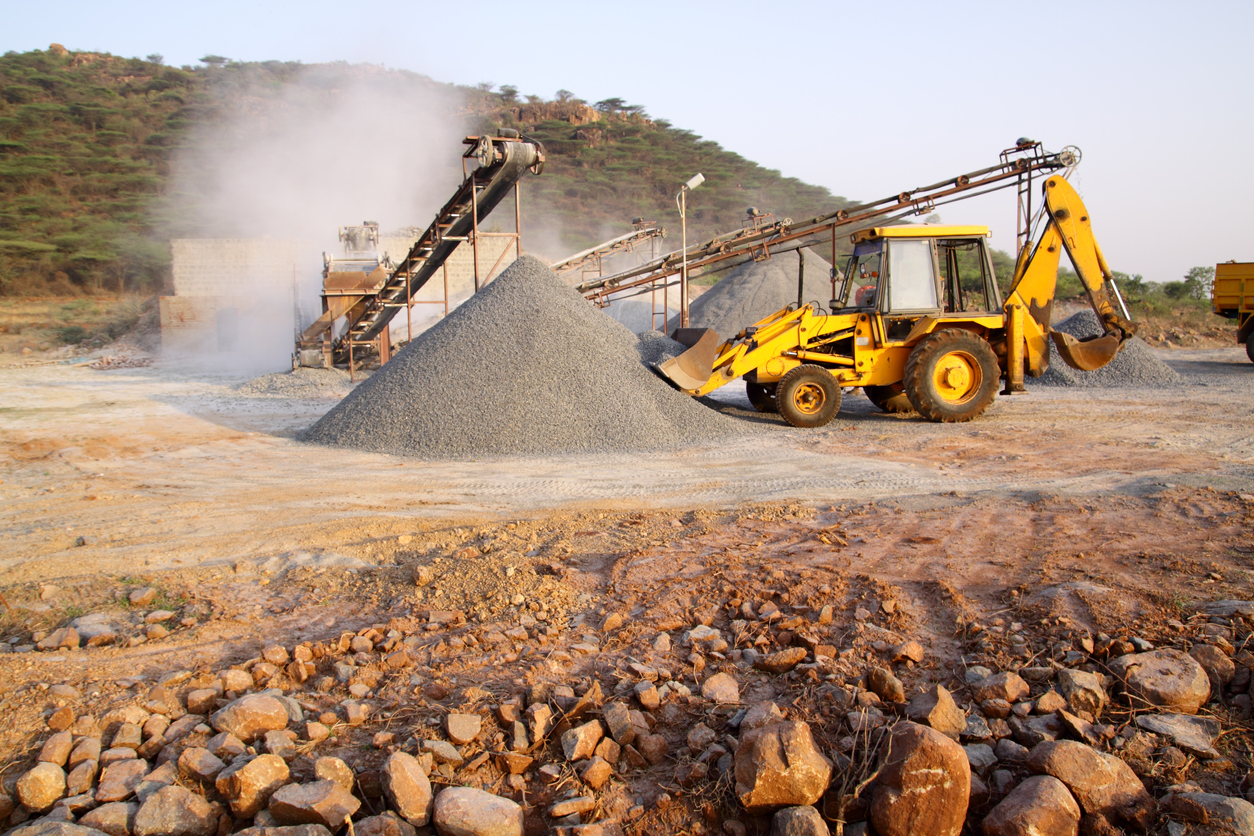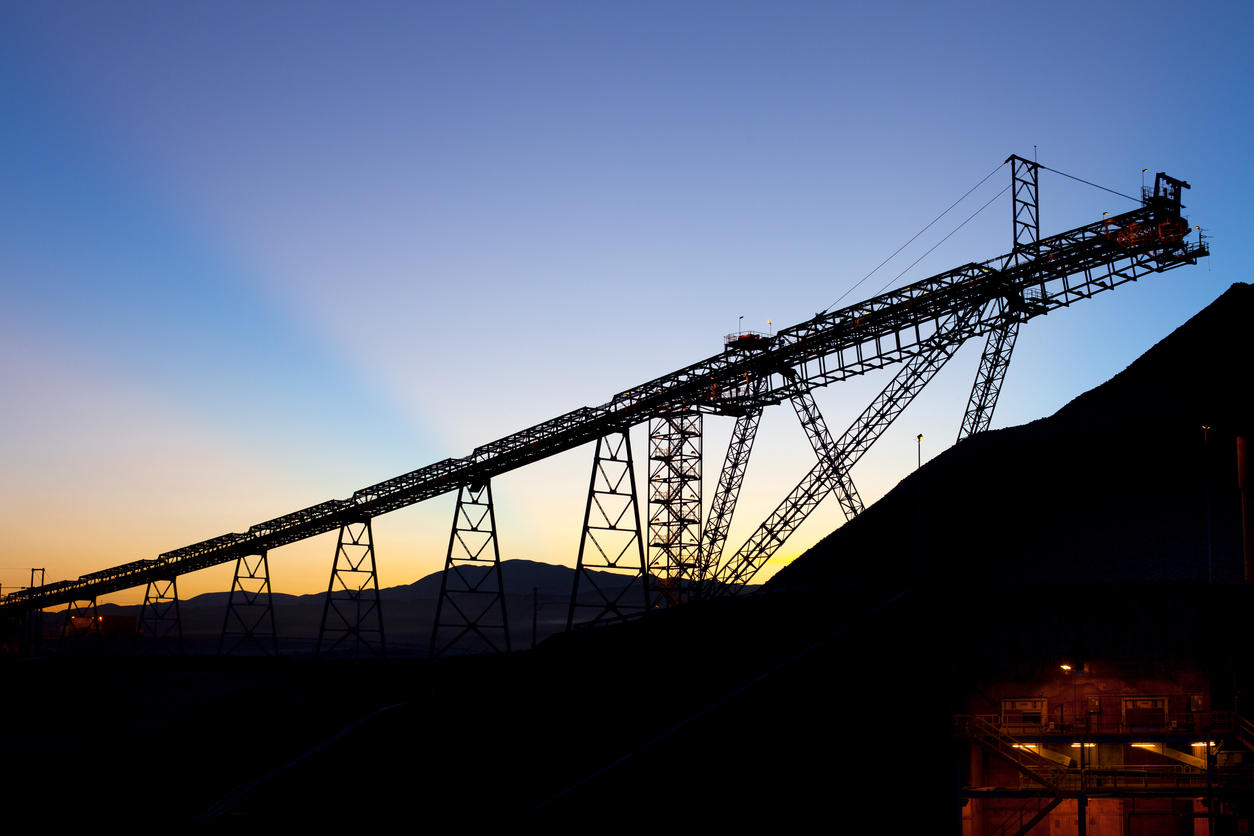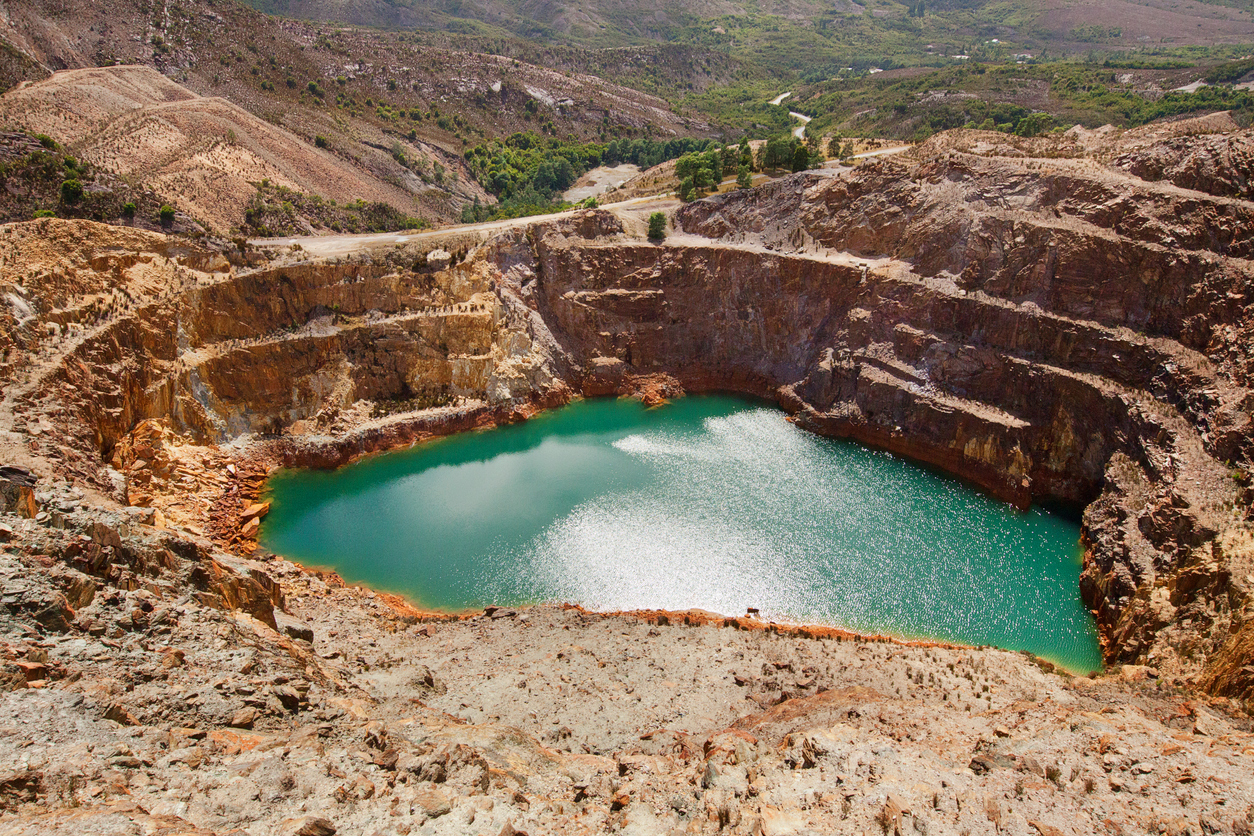Tragedy Strikes in 2019
The Brumadinho tailings dam disaster in January 2019 stands as a tragic example of catastrophic failure within the mining industry. Located in Minas Gerais, Brazil, the collapse of the Córrego do Feijão dam resulted in the loss of 270 lives and extensive environmental devastation. This event underscored critical deficiencies in tailings management practices. Although, it highlighted the potential role of advanced technologies, such as tailings management solutions, in preventing such disasters.
The primary cause of the Brumadinho disaster can be traced to multiple factors. Firstly, structural flaws in the dam’s design and construction played a pivotal role. The dam was built using an upstream construction method, known for its inherent instability over time due to the gradual accumulation of tailings. This method, while cost-effective initially, increases the risk of failure as the dam ages and sedimentation builds up.
Additionally, inadequate monitoring and maintenance exacerbated the risk. Reports revealed lapses in regular inspections and monitoring systems that could have detected early signs of instability. Critical warning signs were overlooked or not acted upon, highlighting a systemic failure in operational oversight and risk management practices.
Lessons Learned, 5 years on
Since the Brumadinho disaster, we’ve learned the importance of rigorous tailings management and monitoring. Companies now prioritise safety over cost-cutting, integrate advanced technologies for early warning systems, and enhance transparency in reporting. Regulatory bodies have tightened standards like ICMM’s GISTM, emphasising community involvement and emergency preparedness. The incident underscores the need for global collaboration and continuous improvement in mining practices to prevent similar tragedies.
How can we prevent this from happening again?
However, the implementation of tailings management software could have potentially mitigated some of these risks. Advanced software solutions offer capabilities such as real-time monitoring of dam stability parameters, including displacement, pore water pressures, and seepage rates. Early warning systems integrated into such software can alert operators to potential risks, enabling timely interventions to prevent catastrophic failure.
Tailings management software facilitates comprehensive risk assessments and predictive modeling. Engineers can simulate various scenarios to identify vulnerabilities and evaluate the effectiveness of mitigation strategies. This proactive approach not only enhances dam safety but also improves environmental stewardship by minimizing the likelihood of environmental contamination in case of a breach.
Despite its potential benefits, the adoption of tailings management software faces several challenges. Cost implications, including initial investment and ongoing maintenance, pose barriers for many mining companies, particularly smaller operations or those operating in developing regions. Additionally, integrating diverse data sources and ensuring data accuracy can be complex, requiring robust technical expertise and infrastructure support.
Effective utilisation of tailings management software also hinges on strong regulatory frameworks and enforcement. Regulatory oversight ensures that mining companies adhere to stringent safety standards and environmental regulations. Weak regulatory oversight or inadequate enforcement can undermine the effectiveness of technological solutions and compromise safety outcomes.
How K2fly can play a part:
K2fly’s solutions for tailings management offer critical capabilities to mitigate risks and enhance operational transparency, crucial in preventing disasters like the Brumadinho dam collapse. By consolidating diverse data sources into a unified platform, K2fly facilitates real-time monitoring of key parameters such as dam stability and environmental impacts. This integration enables mining companies to promptly identify potential hazards and implement timely interventions, thereby reducing risks to people and the environment.
The system’s ability to streamline data collection and reporting processes addresses challenges of data fragmentation and spreadsheet reliance, ensuring accurate and accessible information at all organizational levels. Compliance with evolving industry standards, such as ICMM’s GISTM, is seamlessly integrated, promoting accountability and enhancing public disclosure.
K2fly’s platform also enhances transparency and stakeholder engagement by providing clear, comprehensible data across multiple regions. This capability not only supports sustainable mining practices but also builds trust among affected communities and regulatory bodies. Thus, reinforcing the industry’s commitment to responsible operations in the tailings space.
Would you like to know More?
Analysis of Disaster from International Journal of Applied Earth Observation and Geoinformation





